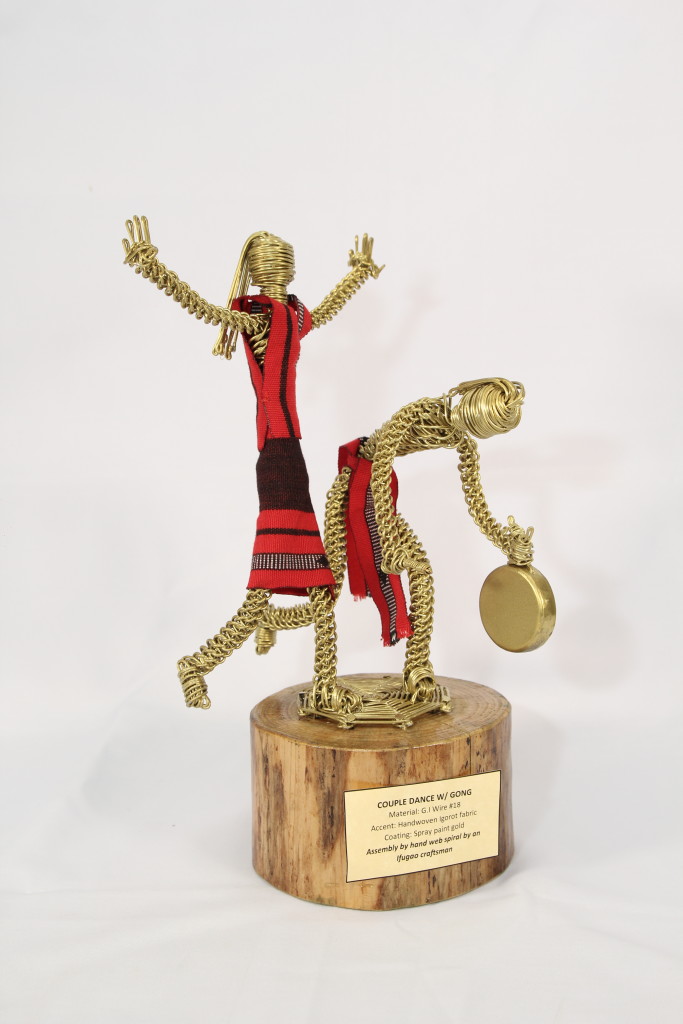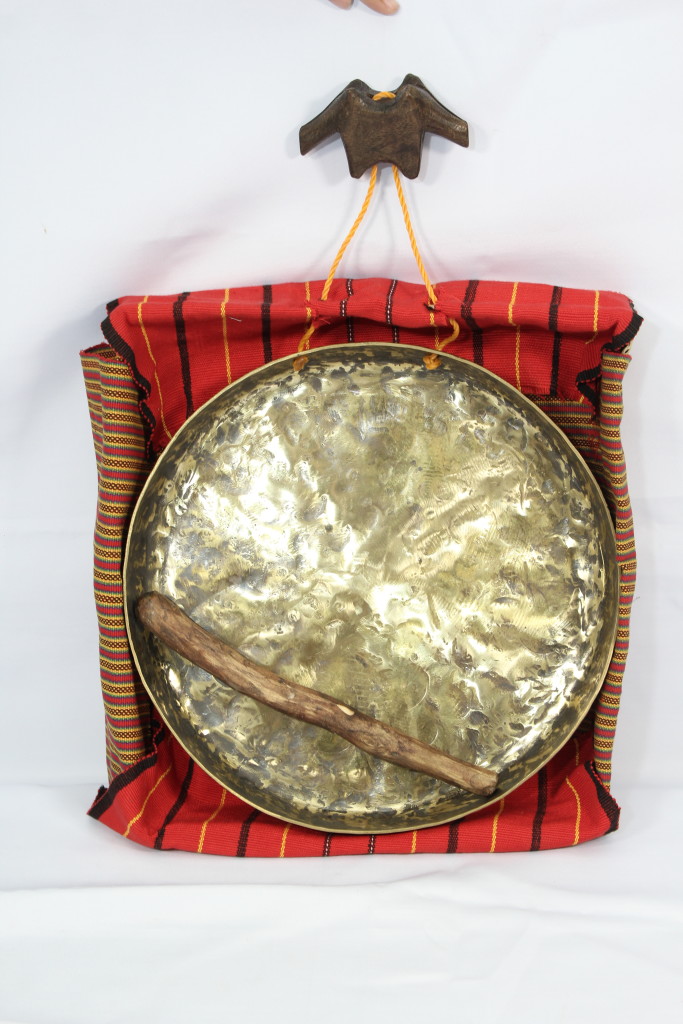
The abundance of fine materials found across the archipelago has resulted to the centuries-old hand skills, boundless resourcefulness and exceptional creativity of the Filipino craftsmen. From handmade wire sculptures that depict the community’s festivities to weaving colorful indigenous textiles that symbolize the tight-knit solidarity among a strong, resilient people, Filipino artistry, then and now, is evident in various art forms and handcrafted products.
As a constant patron of local arts and the Filipino artisan, Rustan’s, in collaboration with the Department of Trade and Industry, is training the spotlight on the rich craftsmanship inherent in Filipino culture and heritage, which continue to inspire creativity through the exhibit “Celebrating the Finest of the Philippines” on view at the 5th Floor of Rustan’s Makati until June 22.

This collaboration provides a new avenue to Philippine indigenous products and crafts, as well as Rustan’s Filipiniana Our Very Own, Home Department. The result: sublime showcase of Filipino artisanship, which spans generations and regions, evoking a contemporary, stylized feel that won’t be out of place in global design showrooms.
A fitting event to usher in the 120th Philippine Independence Day, on display, and for sale, at the exhibit are one-of-a-kind Philippine crafts, textiles, fashion, and home accessories directly sourced from indigenous communities with a rich history in textile, craftsmanship, and design.

Wear your heritage
Indigenous groups from Kalinga are eminently known for their distinctive body art. A group of people who live modestly, but passionately in a world where your skin communicate your social status, you will find tattoo patterns very similar to patterns found in heirloom beaded necklaces that Kalinga woman just as proudly wears. These pattern and heirloom designs can be seen in statement accessories finely curated in the exhibit.
Carved in history
The Ifugaos, on the other hand, are proud people who sculpted with their own hands the majestic mountainside rice terraces of Mayaoyao and Banaue. A heritage technique unique to them is their woodcarving art—usually associated with rituals and the granary guardians called bulul.

Ifugao textile is also renowned for its sheer beauty and design, mostly made using the IKAT Dyeing technique—a tedious dying technique doubly done to produce several designs in the fabric. Rich colorful blankets and clothing will take several months to finish, allowing weavers to produce less quantities of each design.

Natural dye makers
The people of the indigenous highland of Abra, also known as Tingguians, are engaged in various crafts like loom weaving and embroidery, but their product colors make them so special. Known as “natural dye makers,” the Tingguians use organic dyes extracted from plants, barks, leaves, fruits, even roots, to color their textiles, weaves, and other products. Painstakingly working on hand looms, the exhibit will showcase richly-colored woven textiles with sacred Tingguian and Binakol designs—all of which are works of art.

Centuries-old techniques
The people of Antique braid and weave buri palms into everything from baskets to bags, native mats to wallets, down to colorful wide-brimmed hats. Thanks to the pre-colonial art of buri handicraft making passed on from generation to generations, Antique’s contemporary artisan items native shawls, bags, trays and placemats have found their way in major cities, here and abroad. Find some carefully selected items from Antique available for sale in Rustan’s.

The dream weavers
The t’nalak or the traditional textile woven by the T’boli women residing in Lake Sebu, often called “dream weaving,” exemplifies the uniqueness and the identity of the indigenous group. Its patterns represent birth, life, union, and are often seen in blankets and clothing used in wedding ceremonies and rituals. The black, red, and white colors that typify the t’nalak are woven into exquisitely designed home accessories, as well as in jewelry, which can be all found at the exhibit.
Other bespoke partnerships
Visit Rustan’s Makati until June 22 and be filled with sensory cultural experiences through food, fashion, crafts and a beautiful display of our culture and unique creativity. Check out the lifestyle and merchandise displays featuring styled Filipiniana Items and purchase one-of-a-kind merchandise from the specially curated showcase.
While at it, enjoy scrumptious food sampling of delicacies such as Vicky’s Pili Nuts, Mushroom Chicharon, Theo and Philo Chocolates, and even Gourmet Tuyo on all weekends of June at Rustan’s Makati.
What more, join a special cooking workshop with celebrity chef Him Uy de Baron, on Filipino food with a modern flair at Rustan’s Shangri-La on June 21.






